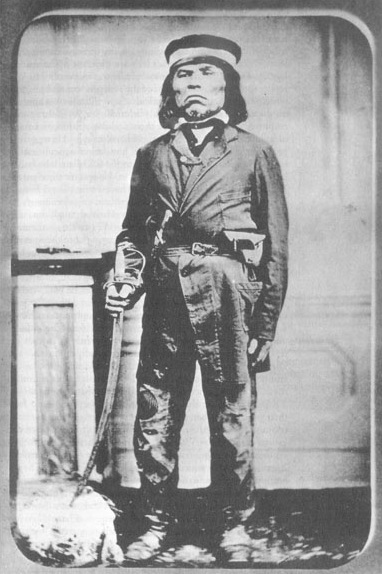| home |
|
Tribal Council Exhibit Main Menu > Tribal Councils Past & Present
|
|||
| Jamestown S'Klallam Tribal Council, Past and Present | |||
Traditional Indigenous Governance |
|||
|
According to Stauss1:
ďThroughout the Pacific Northwest, indigenous peoples governed themselves in autonomous communities by recognizing people of high rank, commoners, and slaves. Although no leader had absolute authority to bind villagers to decisions, rights inherited at birth, along with songs, crests, names, ceremonial clothing, rights to fishing stations, and acquired spirit powers, combined with his orator skills, the character instilled in him by his family, and the knowledge passed down to him made him a worthy person or headman in othersí eyes. This community leader, or real man, however, was not what European explorers or, later, territorial governors wanted or expected from a leader. What Governor Stevens wanted in 1855 was a SíKlallam chief who could sign away millions of acres of land to clear the clouded title of the Northwest for settlement. That kind of leader never existed in the Northwest and had to be created by non-Natives. What European officials never understood was a fundamental difference between natives and non-natives in the Pacific Northwest. Non-natives exerted power over groups. Individual power, not group (village) power prevailed with natives.Ē
Stauss, Joseph H., The Jamestown SíKlallam Story: Rebuilding a Northwest Coast Indian Tribe, 2002, The Jamestown SíKlallam Tribe.
|

Based on the very different concepts of leadership between Natives and White Settlers, Chief Chetzemoka (shown above), one of the SíKlallam signers of the 1855 Treaty of Point No Point, probably had a very different idea of what leadership meant than what the U.S. Government representatives believed it meant.
|
||
| |||

|
Page 1 |

|
|
|
|||||||||||||

